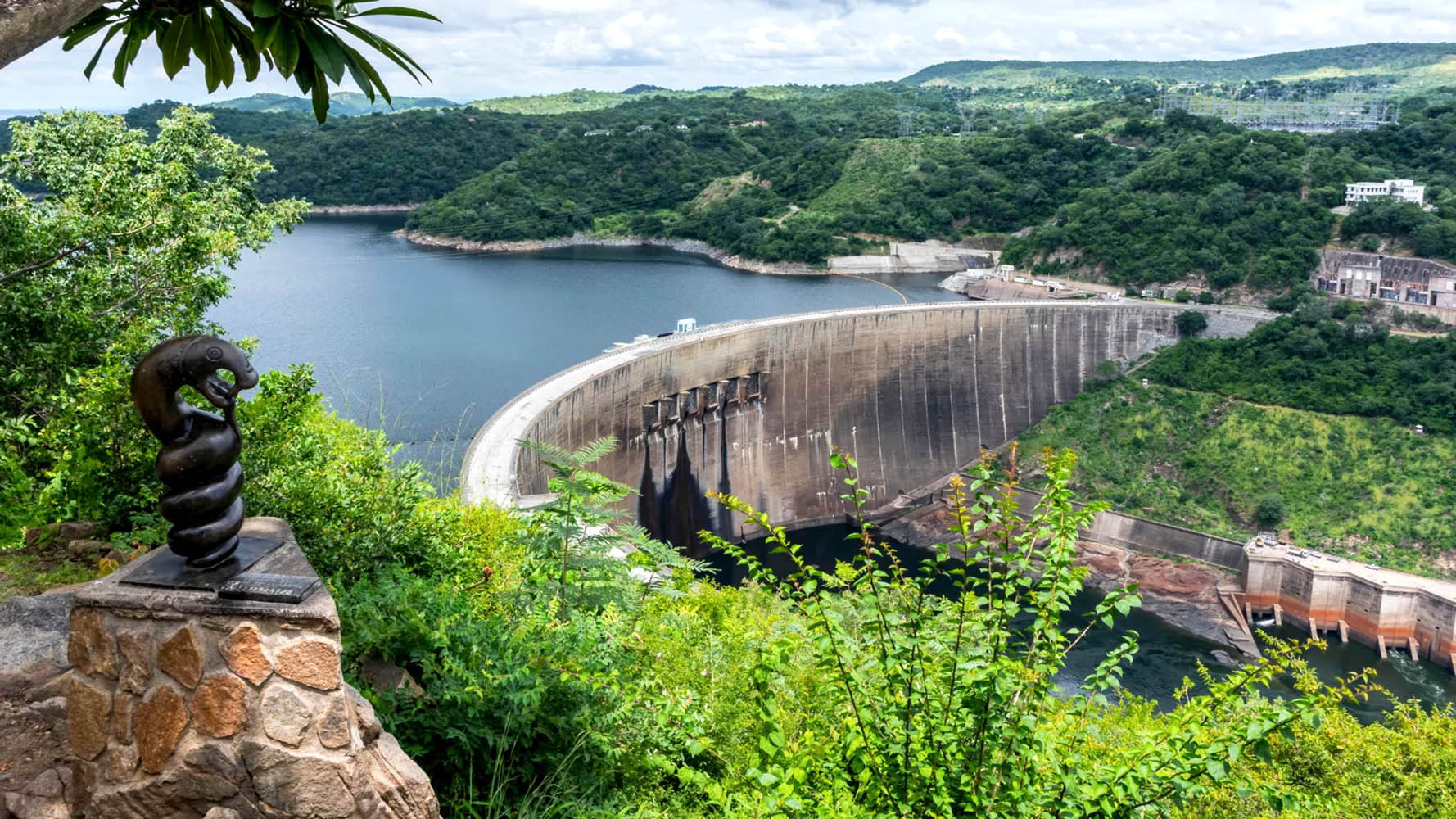According to news reports, the aim is to have 150MW installed on Kariba’s surface in early 2025. The rather artless term for the technology is floating photovoltaics (FPV). Kariba is bordered by Zimbabwe and Zambia and the dam is crucial to power generation in both countries.
The announcement may raise alarm bells among some environmentalists, and my brief review of the literature suggests there are pros and cons to such setups.
To wit, the first floating solar system was installed at Aichi, Japan, in 2007. Japan became the pioneer on this front because land for such purposes is scarce, according to the World Economic Forum. So the Japanese made a plan.
Since that pilot project, growth in this new sector has surged and some forecasts see a global floating fleet generating 60GW within the next decade.
An academic review of the scientific literature around floating solar, published in 2022 in the peer-reviewed journal Clean Technologies, estimated that 1% coverage of global reservoirs with the panels “... would have a potential capacity of 404GW (of) benign power production”.
“There are numerous advantages to FPV compared to ground-mounted PV (GPV),” the study said.
Pointedly, it also noted: “The major gap in research is the impact FPV has on water quality and living organisms in the bodies of water.”
So, what are some of the positive impacts linked to FPV?
The first is what drove the initial project in Japan: land conservation. Beyond rooftops, ground-mounted PV systems require lots of ground. And a lot of that available ground is already being utilised for agriculture or would be found in relatively treeless but sensitive ecological habitats such as grasslands or desert.
FPVs are also more efficient than land-based systems. This is because water has a cooling effect on the panels, which boosts the performance of photovoltaic cells, leading to increased power generation. There is a nice summary of this stuff here.
Another spin-off is that such systems reduce water evaporation — this is why Gautengers cover their swimming pools during the dry winter months.
And this is crucial for the Kariba Dam, which saw its levels sink to 13.5% in April of this year because of searing heat waves and a drought linked to the El Niño weather pattern which also decimated Zimbabwe and Zambia’s maize harvests.
Read more in Daily Maverick: Explainer — El Niño’s impact and what to expect from La Niña
In the face of human-induced climate change and the increasing intensity and volume of extreme weather events, it surely makes sense to find ways to curb evaporation rates in Kariba.
There can also be positive environmental effects. The paper cited above says that: “Multiple papers concluded that a positive impact FPV has on water quality is the reduction of algae growth.”
But floating solar can also have negative consequences. The installation and maintenance can be disruptive and harmful substances can potentially leak and pollute the surrounding water.
Photosynthesis for aquatic plants can be blocked, retarding their growth with consequences for the wider watery ecosystem and its floral and faunal inhabitants. There is a sad irony here: a system that creates solar energy can simultaneously cut it off for living organisms.
The flip side of this is that if FPV systems contain unnatural algae growth — say, from invasive species, a problem that has plagued South Africa’s dams and waterways — then a lot more sunlight can shine in and reach aquatic vegetation.
Oxygen levels in the water can also be affected, with negative ecological results.
As the study cited above points out, the environmental impacts of such systems are still poorly or not completely understood, which is not a surprise as the technology is relatively young.
This is a work in progress and the long-term effects will likely only become apparent in the years and decades ahead. Remember, burning fossil fuels was initially seen as a great idea because this unleashing of energy fuelled industrialisation and the modern economy.
With Kariba specifically, there are red flags.
For one thing, Zimbabwe’s government under the avaricious Zanu-PF government is as corrupt as it is authoritarian and useless. Seriously, if it’s involved in a big project, what could possibly go wrong?
Installing solar panels on Kariba also presents challenges that you don’t find in Japan and many other places. Could hippos for example mangle equipment and along with crocodiles menace work crews?
Built in the 1950s in the Kariba Gorge, the operation led to the displacement of tens of thousands of Tonga people who lived on both sides of the river.
One of their gods is the Zambezi River God or Nyami Nyami, and his wrath was believed by the Tonga to have been unleashed when the dam was being constructed as the project was marred by setbacks, including unprecedented floods in 1957 which washed away sections of the partly built dam, killing several workers.
The bodies of 11 Italian workers are entombed in the concrete of the dam wall because of a subsequent disaster.
The next chapter in the dam’s history is about to be written, and like the original project, it holds both promise and uncertainty.
And what will Nyami Nyami make of solar panels gracing Kariba’s surface?
Good Investing!
Ed
DM
(Tim Cohen is on leave)
This article is more than a year old
Business Maverick
After the Bell: Solar panels to adorn Lake Kariba — a potential game-changer with pros and cons
Zimbabwe last week announced that it plans to install floating solar panels early next year on Lake Kariba in a bid to address chronic power shortages stemming from falling dam levels.





